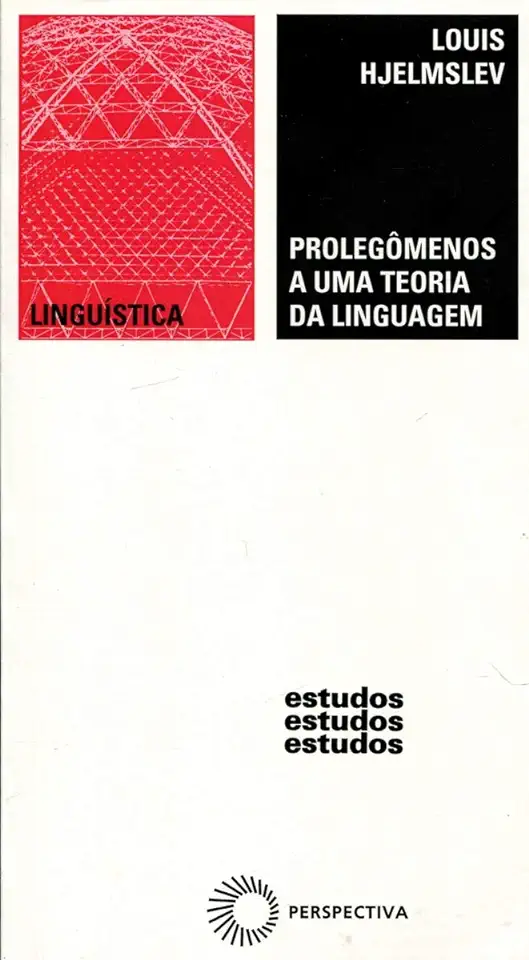
Prolegomena to a Theory of Language - Louis Hjelmslev
Prolegomena to a Theory of Language: A Comprehensive Overview
Introduction: Unveiling the Essence of Language
In the realm of linguistic studies, Louis Hjelmslev's "Prolegomena to a Theory of Language" stands as a seminal work, offering a profound exploration into the fundamental nature of language and its intricate mechanisms. Published in 1943, this groundbreaking book has revolutionized the field of linguistics, challenging conventional notions and paving the way for a more rigorous and scientific approach to language analysis.
Deconstructing Language: Form and Substance
Hjelmslev's theory of language is rooted in the distinction between form and substance. He posits that language is a complex system composed of two interdependent planes: the plane of expression (form) and the plane of content (substance). The plane of expression encompasses the physical or acoustic manifestations of language, such as sounds, gestures, or written symbols, while the plane of content encompasses the meanings or concepts conveyed by these physical forms.
The Glossematic Circle: A New Paradigm
Hjelmslev's theory is closely associated with the Copenhagen School of linguistics, also known as the Glossematic Circle. This influential group of linguists, led by Hjelmslev, sought to establish a rigorous and scientific foundation for linguistic analysis, emphasizing the importance of formalizing language description and employing mathematical models.
Key Concepts: Unveiling the Building Blocks of Language
Hjelmslev's theory introduces several key concepts that have become fundamental to modern linguistics. These concepts include:
Glossematics: The term coined by Hjelmslev to refer to his theory of language, emphasizing the importance of rigorous analysis and formalization.
Commutation Test: A method for identifying and classifying linguistic units based on their ability to substitute for one another within a given context.
Functive Analysis: An approach to linguistic analysis that focuses on the functional relationships between linguistic units, rather than their individual meanings or forms.
Semiotic Square: A visual representation of the relationships between linguistic units, illustrating the oppositions and dependencies that structure language.
Applications and Impact: A Catalyst for Linguistic Research
Hjelmslev's theory has had a profound impact on the field of linguistics, influencing numerous subsequent theories and approaches. Its emphasis on formalization and scientific rigor has contributed to the development of structural linguistics, generative grammar, and other major linguistic frameworks.
Conclusion: A Timeless Contribution to Linguistic Scholarship
"Prolegomena to a Theory of Language" remains a cornerstone of linguistic scholarship, offering a comprehensive and insightful framework for understanding the nature of language. Hjelmslev's groundbreaking work continues to inspire and challenge linguists, providing a foundation for ongoing research and exploration in the ever-evolving field of language study.